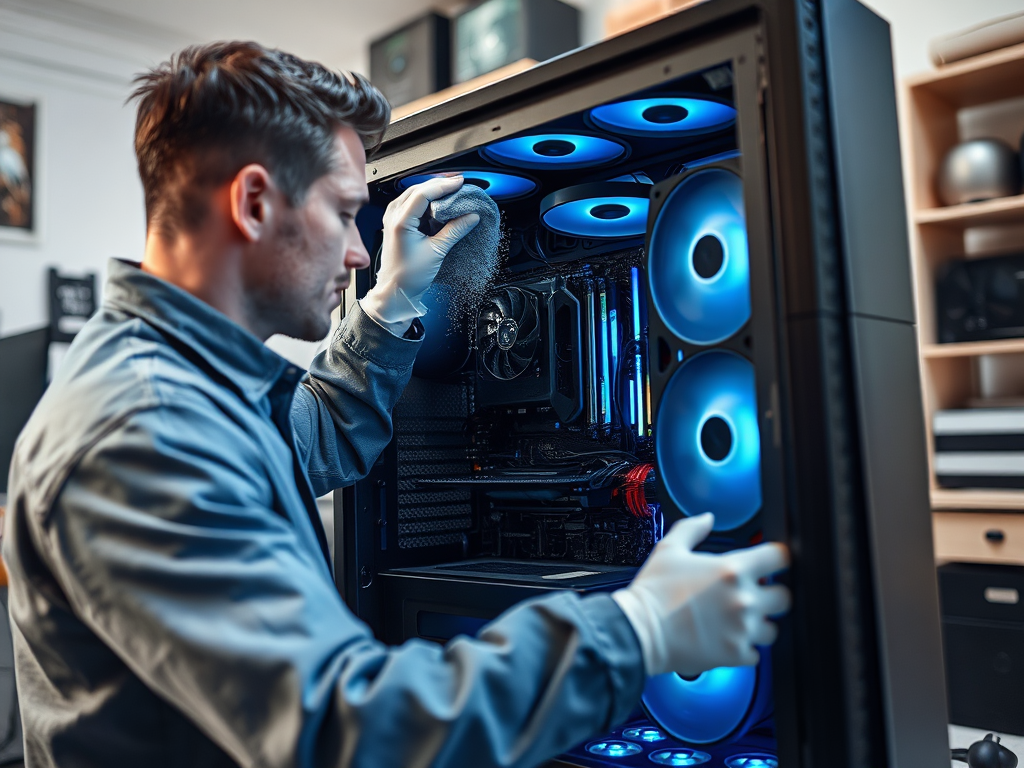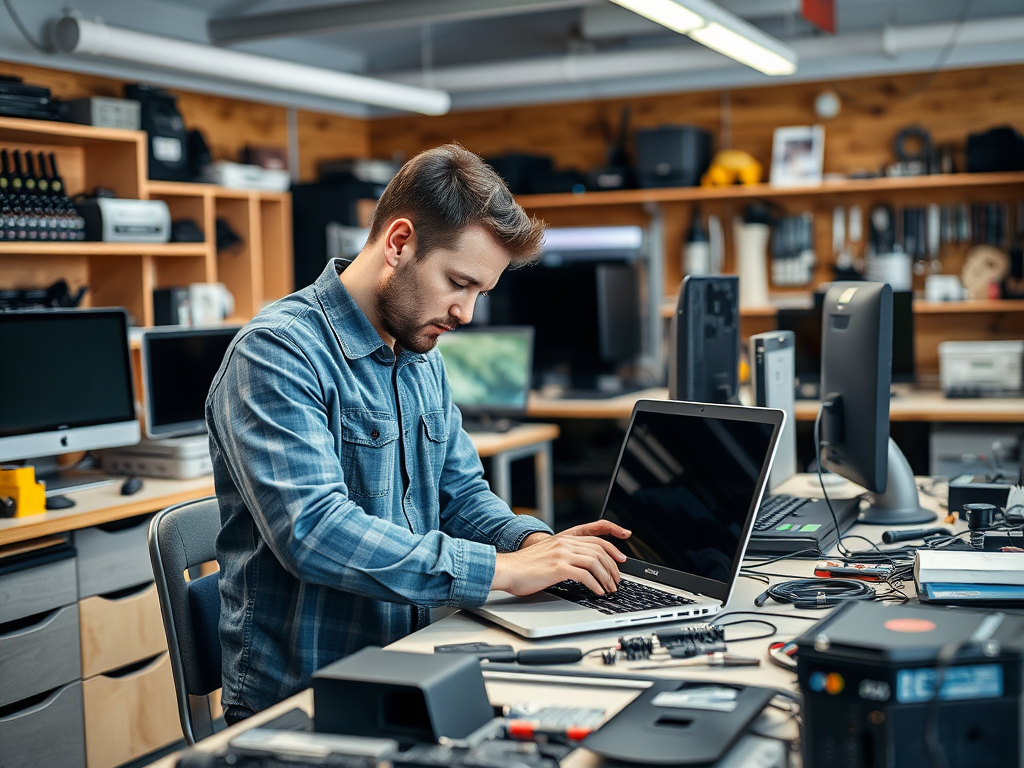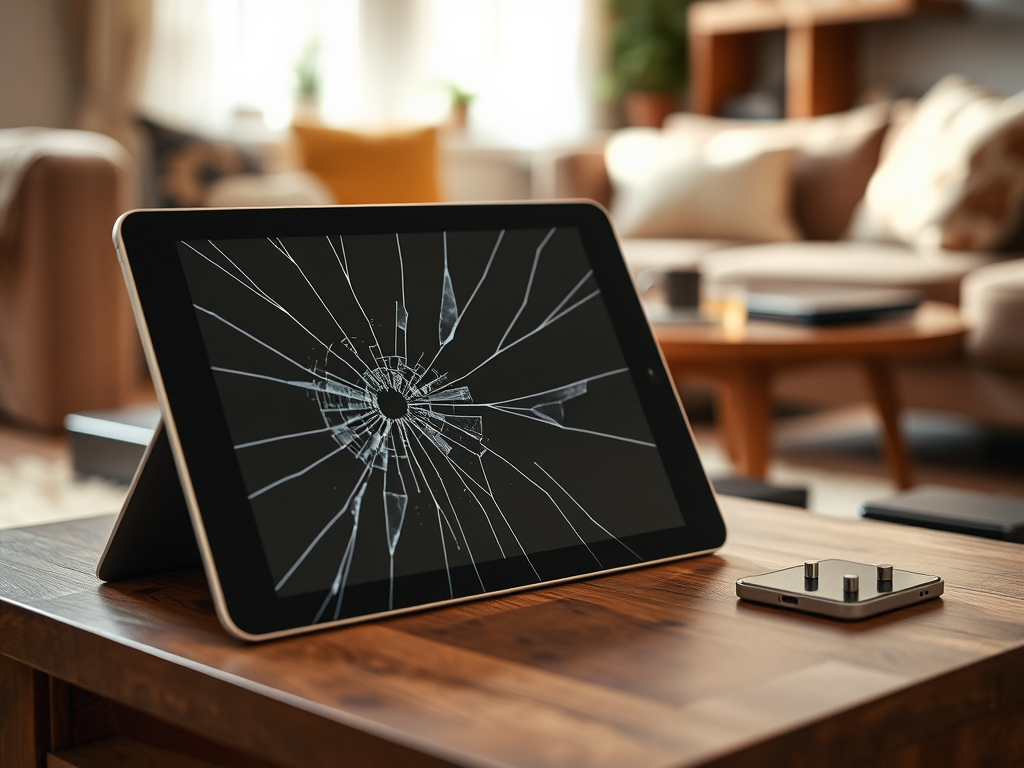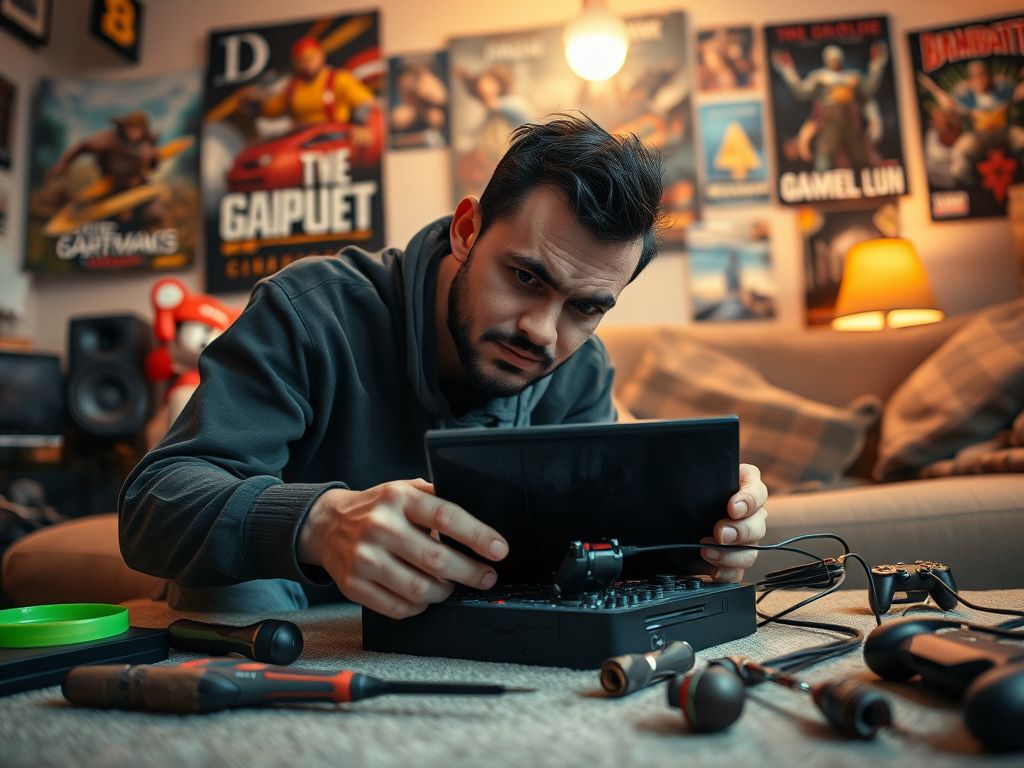In an age where technology powers nearly every aspect of our lives, it’s crucial not to overlook the health of our essential gadgets, especially our personal computers. Dusting your PC is not merely a maintenance task; it’s an act of preservation. When dust settles into your machine, it can obstruct airflow, cause overheating, and deteriorate the components over time. Moreover, dust can act as an insulator, trapping heat where it shouldn’t be. This article aims to provide comprehensive techniques and tips on how to dust your PC effectively, ensuring you maintain peak performance and extend the lifespan of your device. Whether you’re a seasoned tech enthusiast or a casual user, this guide will equip you with the knowledge you need.
Understanding the Importance of Dusting Your PC
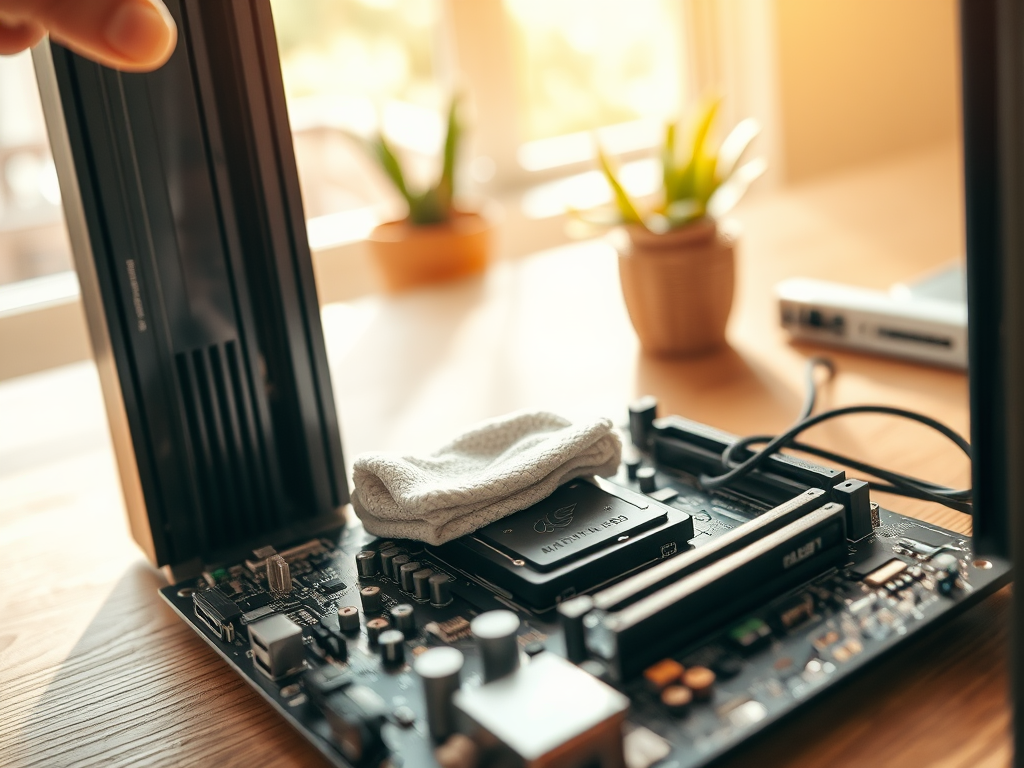
Regularly dusting your PC can have profound implications on its performance. For instance, a clean PC runs cooler, reducing the chances of overheating, which is vital for optimal processing speed. In many cases, inadequate cooling due to dust buildup leads to hardware malfunctions that could have been easily avoided with simple maintenance. Furthermore, dust and debris can interfere with the functionality of fans and other components, often resulting in unwanted noise or failure. Protecting your investment—be it for gaming, work, or entertainment—is paramount, and regular dusting should undoubtedly be part of that strategy. The benefits of maintaining a dust-free environment for your PC speak volumes about its long-term efficacy.
Tools You’ll Need for Dusting Your PC
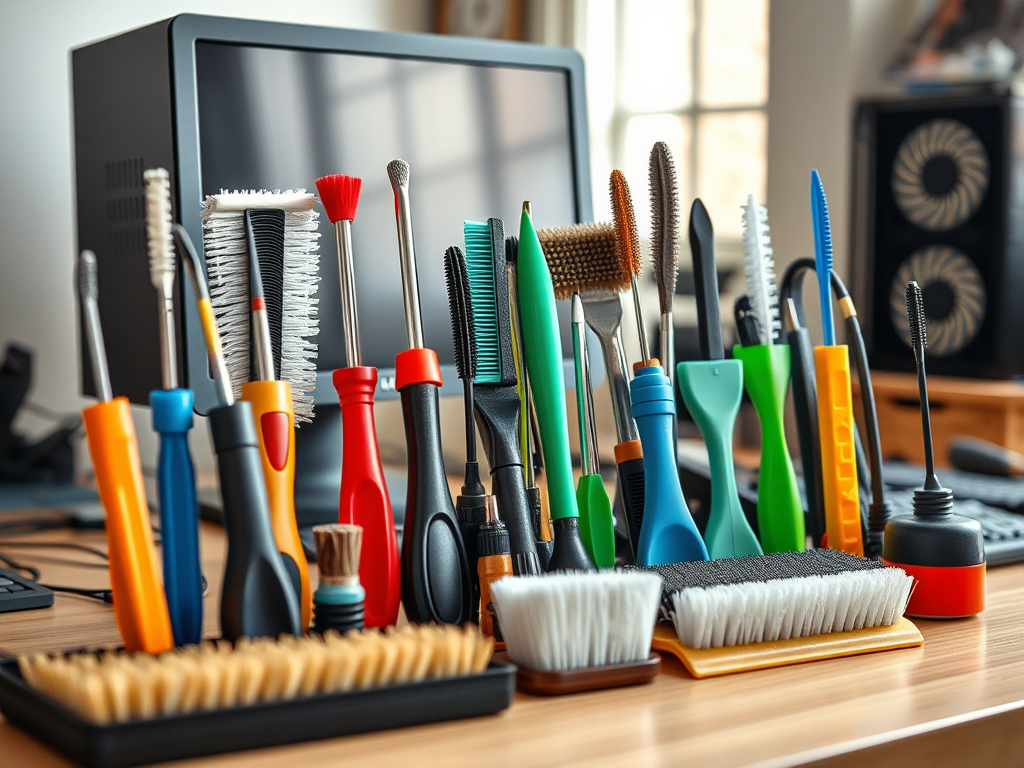
Before you dive into the cleaning process, it’s essential to gather a few tools that can make the task much more manageable and efficient. The following list outlines the basic tools required:
- Microfiber Cloths: Perfect for wiping down surfaces without scratching them.
- Compressed Air Canister: Excellent for blowing dust out of tight spots.
- Soft Brush: Helps loosen stubborn dust from components.
- Screwdriver Set: Necessary for removing panels and accessing the internal parts of your PC.
Safe Dusting Techniques
Safety is of utmost importance when cleaning your PC. Without taking precautions, you could harm sensitive components, void warranties, or even injure yourself. Before beginning the cleaning, always ensure to follow these critical steps:
- Shut Down and Unplug: Make it a habit to always turn off your computer and disconnect it from the power supply to avoid any electrical mishaps.
- Static Precautions: Consider using an anti-static wristband to prevent static electricity from damaging your components. Alternatively, discharge any static electricity by touching a grounded metal object.
Step-by-Step Dusting Process
With your tools in place and safety measures enforced, it’s time to start the dusting process. Follow these steps for effective cleaning:
Opening Your PC Case
Begin by removing the screws that hold your case together. Most cases allow you to slide off the side panel easily, granting you access to the internal components.
Blowing Away Dust
Once inside, use the compressed air canister to blow away dust from all visible areas, paying special attention to:
- Fans
- Heat sinks
- Power supply unit
| Component | Dust Impact |
|---|---|
| Fans | Reduced airflow leading to overheating |
| Heat Sinks | Increased temperatures on critical components |
| Motherboard | Potential short circuits |
Wiping Surfaces
After blowing out the loose dust, utilize a microfiber cloth to gently wipe down the surfaces of key components. Focus particularly on:
- Motherboard
- RAM sticks
- Cables
Reassembling Your PC
Once you’re satisfied with the cleanliness of your PC, put the case back together carefully. Ensure you align everything properly and replace the side panel. Secure it using the screws you previously removed. This step might seem minor, but ensuring every component is back in place is crucial for the unit’s functionality.
Frequency of Dusting
Determining how frequently you should dust your PC is not a one-size-fits-all scenario. The frequency can depend significantly on factors such as your environment and the type of PC usage. Here are some influencing factors:
- Location: If your PC resides near a window or in a room with pets, it will likely accumulate dust faster.
- Usage Frequency: A machine that is used heavily is more prone to dust buildup.
- Type of Components: Gaming PCs often have more powerful fans, which can pull in more dust compared to standard office PCs.
Conclusion
Maintaining a dust-free environment for your PC is an essential practice that should not be overlooked. By regularly dusting your computer and following the appropriate techniques, you can significantly enhance its performance and longevity. Dust is more than just an aesthetic concern; it poses genuine threats to your hardware. Make it a point to integrate this cleaning routine into your schedule, as it not only benefits your device but also provides peace of mind knowing you’re prolonging its life. Remember, a clean PC is a happy PC, and with the right tools and techniques, you can ensure optimal performance for many years to come.
Frequently Asked Questions
- How often should I dust my PC? Generally, every 3-6 months, but more frequently if you have pets or live in a dusty environment.
- Is it safe to use a vacuum cleaner to clean my PC? No, using a vacuum can create static electricity and damage components. It’s best to use compressed air.
- Can I use household cleaning products on my PC? No, avoid using any household cleaners. Stick to microfiber cloths and compressed air.
- What should I do if I notice performance issues after dusting? Double-check all connections and ensure that no components were accidentally dislodged during the cleaning process. If issues persist, consult a professional.
- Are there any components I should avoid cleaning? Avoid touching the circuit boards directly and stay clear of any sensitive components that can easily be damaged.
